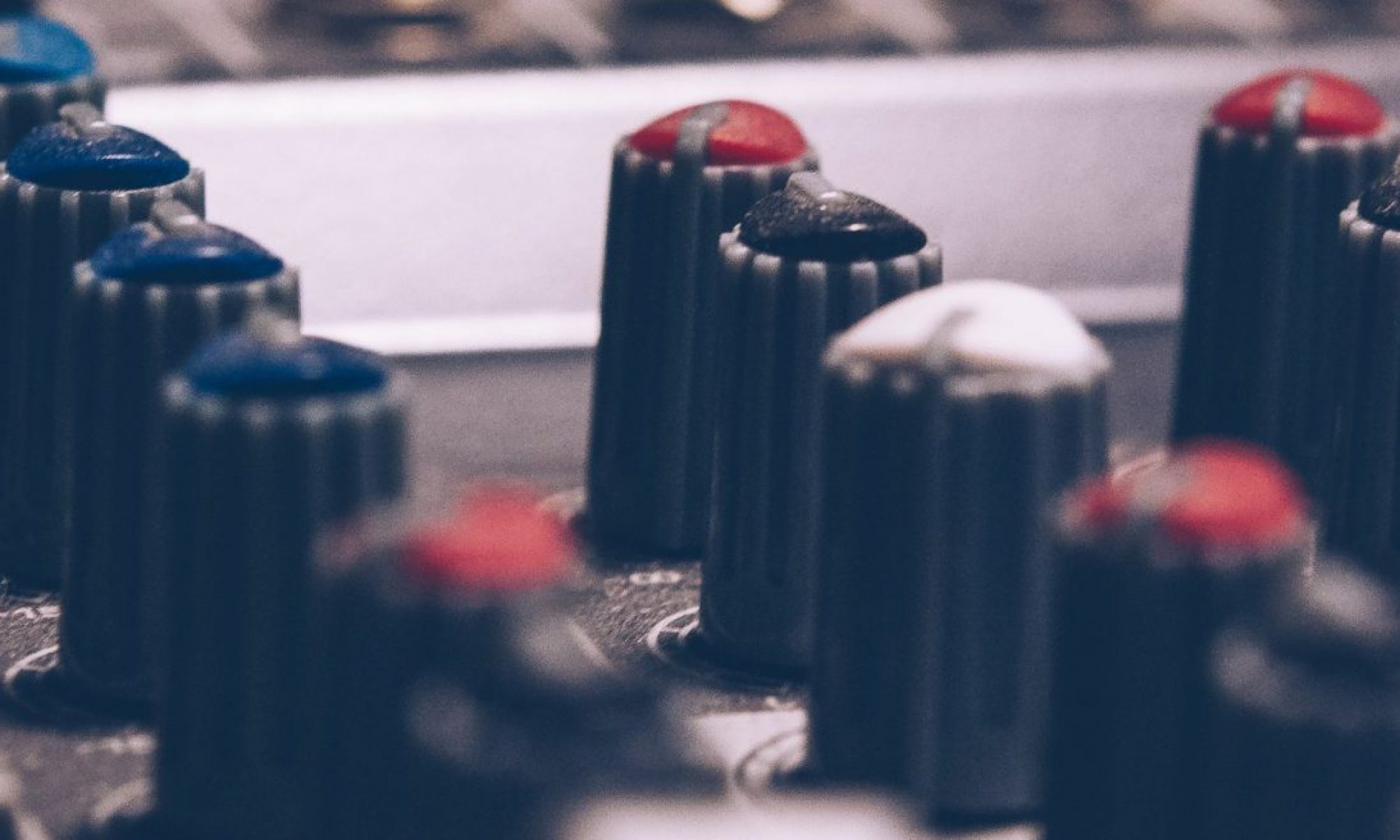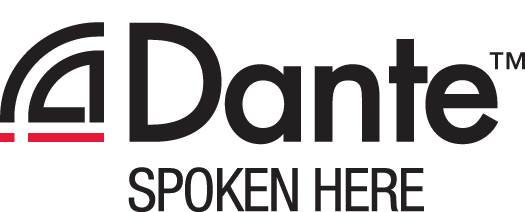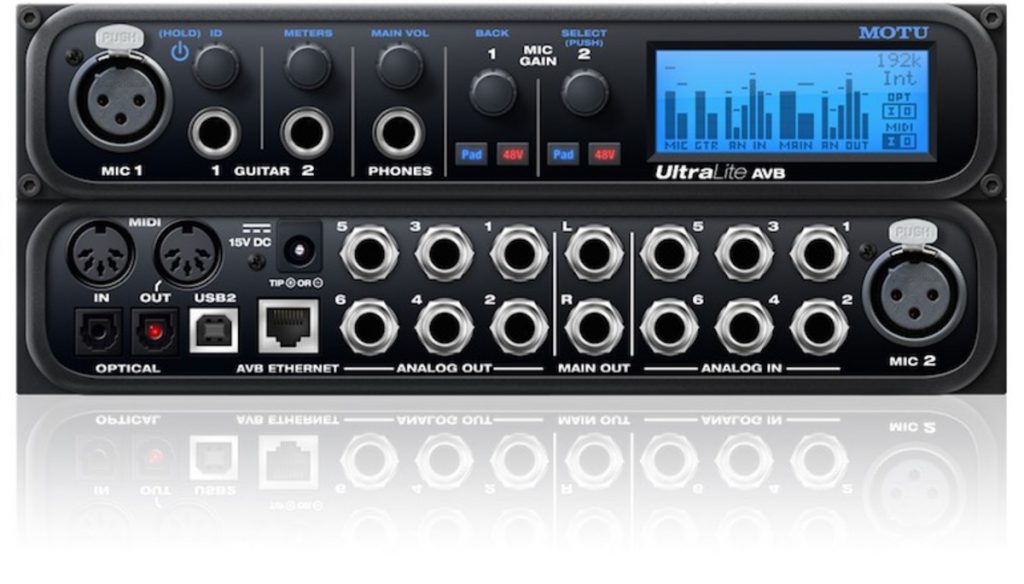Welcome back to our series on audio distribution. In the past series we have been talking about analog audio distribution, digital audio clocking and sample rates, older digital audio transport formats, and now this week we dive into true audio networking. These days we have a lot of options for getting digital audio devices to be able to communicate and the world of actually networking multiple consoles together on a single network has emerged. The two dominant methods currently on the market are Dante and AVB. Both have their advantages and disadvantages and today we will dive into both.
Up until now we’ve been dealing with formats that are direct connections or layer two networks. What is a layer two network you ask? A Layer two network is the simplest of an IP network and EtherSound and CobraNet use it. A layer two network is simply a collection of devices with addresses that send data back and forth. Now, there is a limit to the amount of devices and information because layer two networks have no logic to assign IP addresses, they have no advanced routing capability and no ability to handle some of the higher end functions that make larger networks run faster or even run at all. Layer three networks can handle the distribution of IP addresses and they have advanced routing features that allow packets and other data flow efficiently on the network. Dante and AVB are both layer three formats that allow for these advanced features and as such, can handle tremendous amounts of audio data at once. One of the reasons Dante and AVB can work in a networked format and allow for such flexibility is their use of PTP network clocking. PTP, or Precision Time Protocol, is a way of network time synchronization that utilizes an oscillating clock in all devices on the network. These clocks all keep time at a consistent similar rate. When connected to a network they all share time data and align themselves accordingly. This is where having a “Master Clock” can come into play in Dante and AVB networks.
Dante is owned by a company called Audinate and licenses chips and software to any company who would like to use them. Because of this, Dante has become very pervasive in the industry. They have a range of different chips which can be integrated into any device the end user requires. Dante works by setting up “flows.” A Dante flow is a collection of up to four channels, in Dante parlance there are both transmit and receive flows. These flows can be sent to one or multiple devices at once. To route various devices in a dante network a standalone program is needed to make routes and configure settings. It is not plug and play. As with other digital audio transport technologies and digital audio networks, clocking in Dante is key. In Dante networks one device must be the clock master, just as when using MADI, AES50, or other formats. This can be controlled with the Dante Controller application by selecting your “preferred master.” Most Dante devices have the ability to become clock master and the Dante network can determine this automatically based on a variety of factors if no master is chosen manually. This is particularly useful when using a mixing console that is the primary device in the network. Thankfully Dante allows the ability for devices to derive their clock from an outside source and then allow that source to be the network clock master. This is good for audio consoles that have a Dante Card but use an outside clock or their own internal clock. The Dante card can pass that clock off to the rest of the network. This keeps all devices on the network synced. If the Master Clock should drop off the network or become corrupted a new device will be elevated as the master clock automatically with little to no interruption of audio. This makes Dante very stable as no one device can totally destroy the network.
One of the main advantages to Dante is that it has the ability to work on almost any network infrastructure so long as that infrastructure can scale with the traffic. Also, because it is layer three, it uses more advanced identification methods that allow devices to be very flexible. Patches made in Dante Controller can be kept no matter what Dante network connected devices are on and are not dependent on Dante Controller being left on, nor are the patches tied to a specific instance of Dante Controller. This is due to the ability of all Dante devices being layer three. The devices do not necessarily need a specific IP address to work. Another advantage to Dante networks is the ability to run Dante alongside regular network traffic (with the implementation of QoS). Now, this takes some higher level of networking knowledge and if it is going to be deployed in a large network it is definitely wise to bring in a qualified networking engineer to help make sure you’re not affecting other network traffic and that your Dante network is running smoothly. Most people however use Dante in it’s own enclosed network. This makes it very easy to network Dante devices. As you don’t have to worry about outside traffic interrupting your Dante audio streams or your Dante audio streams messing with your outside network traffic. Another great aspect of Dante, is it’s ability to use redundant topology. What this means is that most Dante devices have the ability to have Primary and Secondary ports and can stream audio over two completely separate networks. When set up properly this can isolate the network from failures such as bad or accidentally disconnected cables, or a network switch that has malfunctioned. The key here is to make sure your secondary and primary networks NEVER interact. They should always be physically separated or at least separated by VLANs.
AVB or, Audio Video Bridging, is another prominent audio network widely in use today. It works very similarly to dante in that it utilizes layer three networking technology to pass audio. AVB uses PTP much like Dante, except that it utilizes a more advanced version with better sync abilities for better timing across the network. Like Dante, AVB uses a separate control program for routing and Clock Master selection. AVB has three different device types; a talker which sends audio, listener which receives audio, and a controller, which can both send, receive and route or just route. This means that some AVB devices do not need a standalone application to make routes, they can route themselves. AVB uses “streams” of up to 8 channels. These streams are not bidirectional and only flow in one direction. So you can have a stream of inputs to a device, but would then utilize another stream for outputs on that same device. One main area AVB differs from Dante is that it has a comprehensive certification platform for devices and network switches. This means that using an AVB switch guarantees a certain amount of network functionality without having to worry about latency or other issues. AVB has done the work to make sure anything with an AVB label can handle a certain amount of AVB traffic. This makes it very “plug and play” and is the main advantage over Dante. The one downside is that AVB does not work alongside normal network traffic. The end user is very strongly pushed towards using AVB certified products and does not have the flexibility to use already existing network infrastructure. The main advantage to this though is that little to no networking experience is needed to setup a working AVB network. Another key advantage of AVB over Dante is its ability to manage network bandwidth. Both Dante and AVB utilize more network bandwidth as the end user adds flows or streams. AVB can track this and keep the end user from routing too much audio through a certified switch. This again, makes it very appealing to end users with little to no network experience.
As with anything, Dante and AVB are tools. Both have their strengths and weaknesses and both can be used very effectively when deployed to the right situations. If you have any questions, please feel free to leave a comment below or on facebook. Come back next week for our last post in the audio distribution primer when we cover some of the more popular manufacturer audio distribution formats. If you’d like to be notified when a new post is published here at Studio.Stage.Live subscribe at this link and we will email you. See you next week!



